Operating a Gas Wood Chipper can be very dangerous. You must pay close attention to safety every time. Every year, about 1,200 to 1,300 people get hurt by wood chippers in the U.S. Most injuries happen to fingers and hands. Many tree workers have accidents that are not fatal. If you follow safety rules, you can stop these accidents from happening.
|
Description |
|
|---|---|
|
Personal Protective Equipment |
Operators should wear clothes that fit close to the body. This helps stop clothes from getting caught and causing injuries. |
|
Securing the Work Area |
Make sure the area is safe and clear. This lowers the chance of accidents. |
|
Safe Feeding Procedures |
Use self-feeding or hydraulic systems the right way. This helps keep you from getting hurt. |
You must always put safety first. These rules help keep all operators safe, no matter their experience.
Key Takeaways
-
Always wear safety gear like goggles, gloves, and steel-toed boots. This helps protect you from getting hurt.
-
Check the wood chipper carefully before you use it. Look for problems before you start working.
-
Make a safe area around the chipper. Keep people and pets at least 10 feet away.
-
Use push tools to put things into the chipper. Keep your hands and loose clothes away from moving parts.
-
Do not try to clear jams while the chipper is running. Always turn off the chipper first.
-
Follow the rules in the chipper's manual. This helps you use the chipper safely and correctly.
-
Keep your work area clean. Remove things you could trip on and make sure you can see well.
-
Take care of the chipper often. This keeps it safe to use and helps stop accidents.
Wear Safety Gear
You must always wear safety gear when you operate a gas wood chipper. Safety gear protects you from flying debris, loud noise, and other hazards. Following safety protocols helps you avoid injuries and keeps you focused on the job.
Protective Equipment
Safety Goggles
You need to wear safety goggles every time you use a wood chipper. Goggles shield your eyes from wood chips, dust, and small branches. Safety authorities recommend safety glasses or a face shield for extra protection. If you skip this step, you risk eye injuries that can happen in seconds. Always check your goggles for cracks or scratches before you start.
Tip: Keep a spare pair of safety goggles in your toolbox. You never know when you might need them.
Hearing Protection
Gas wood chippers make loud noises that can damage your hearing. You should use hearing protection such as earplugs or earmuffs. This simple step helps you avoid hearing loss. Use hearing protection every time you operate the machine. Loud sounds can distract you and make it hard to hear warnings from your surroundings.
-
Safety tips for hearing protection:
-
Choose earmuffs with a high noise reduction rating.
-
Make sure earplugs fit snugly.
-
Replace damaged hearing protection right away.
-
Clothing Guidelines
Avoid Loose Clothing
Loose clothing can get caught in moving parts. You must wear close-fitting clothing to stay safe. Safety authorities suggest you avoid baggy shirts, scarves, and jewelry. These items can pull you toward the chipper and cause serious injuries. Always tuck in your shirt and tie back long hair before you start.
Use Sturdy Gloves and Boots
You need sturdy gloves and boots for extra safety. Gloves protect your hands from splinters and sharp branches. Steel-toed boots shield your feet from heavy logs and falling debris. Choose gloves that fit well and boots with non-slip soles. Safety equipment like gloves and boots helps you move safely around the chipper and keeps you steady on uneven ground.
|
Safety Equipment |
Purpose |
|---|---|
|
Gloves |
Protect hands from cuts and splinters |
|
Steel-toed boots |
Shield feet from heavy objects |
|
Hard hat |
Guard head from falling branches |
Note: Always inspect your gloves and boots before each use. Replace them if you see any damage.
Wearing the right safety gear is one of the most important safety tips for wood chipper operation. You protect yourself and others by following these safety protocols. Make sure you check your safety equipment before every job and stay alert to your surroundings.
Pre-Use Inspection
Before you start your gas wood chipper, you need to complete a thorough pre-use inspection. This step helps you spot problems early and keeps you safe. Many accidents happen because operators skip this important routine. You can prevent mechanical failures and injuries by following safety protocols every time.
Check Wood Chipper Condition
You should always inspect your wood chipper before each use. Look for signs of wear or damage. Make sure all parts work as they should. Here are some safety tips to guide your inspection:
-
Park your truck safely and set the handbrake.
-
Check the engine oil level and engine coolant if the engine is cool.
-
Inspect the tires and rims for damage.
-
Test the indicators and hazard lights.
-
Confirm that safety guards are in place and bolts are tight.
-
Check the emergency shut-off switch.
Blades and Guards
You must check the blades before you operate the chipper. Sharp blades help the machine run smoothly and reduce the risk of jams. Dull or cracked blades can cause accidents. Always check the blades for sharpness and tension. Look for cracks or chips. Make sure the safety guards cover all moving parts. Tighten any loose bolts you find.
Tip: Replace blades that show signs of damage right away. Never use a chipper with missing or broken guards.
Fuel and Oil Levels
You need to check the fuel and oil levels before starting the engine. Low oil can damage the motor. Running out of fuel can cause the chipper to stop suddenly. Fill the tank with fresh fuel and top off the oil if needed. This simple step helps you avoid breakdowns and keeps the machine running safely.
|
Inspection Item |
What to Look For |
|---|---|
|
Engine oil |
Proper level, no leaks |
|
Fuel |
Full tank, no contamination |
|
Blades |
Sharp, no cracks or chips |
|
Safety guards |
Secure, bolts tight |
Safety Equipment Maintenance
You should also inspect your safety equipment before each job. Check your gloves for holes or tears. Make sure your helmet, goggles, and boots are in good condition. Replace any damaged gear. Well-maintained safety equipment protects you from injuries and helps you follow safety protocols.
Note: A quick inspection of your gear can make a big difference. Never ignore worn-out gloves or broken goggles.
A complete pre-use inspection keeps you safe and helps your wood chipper work better. You lower the risk of accidents and protect yourself and others on the job site.
Follow Safety Guidelines in Manual
You should always follow the safety rules in your wood chipper’s manual. The manual gives you important tips for safe use. Each chipper model is different. Reading the manual helps you know how your chipper works. It tells you what to do before you start.
Read Operator’s Manual
Before you use a gas wood chipper, read the operator’s manual first. The manual shows you how to set up and use your machine. It also explains how to take care of it. You will see step-by-step directions and warnings. These help you avoid mistakes and accidents.
Tip: Keep your manual in a safe spot so you can find it fast. If you lose it, ask the company for a new one or download it from their website.
Key Safety Instructions
The manual has important safety rules you must follow every time. These rules tell you how to start and stop the chipper. They show you how to feed branches safely. You learn how to stay away from danger. The manual also teaches you about gloves, hearing protection, and other gear. Some manuals have pictures to help you use the chipper the right way.
Here are some safety rules you may see:
-
Always wear safety gear like gloves and goggles.
-
Never put your hand in the hopper when the chipper is on.
-
Stand beside the feed chute.
-
Keep kids and pets away from the work area.
These rules help you stay safe and keep the chipper working well.
Fluid and Pressure Checks
Check fluid levels and pressure before you use the chipper. The manual tells you which fluids to check, like engine oil, hydraulic fluid, and fuel. It explains how to look for leaks or low pressure. If you skip these checks, you could break the machine or cause it to stop working.
|
Fluid Type |
What to Check For |
|---|---|
|
Engine Oil |
Right level, no leaks |
|
Hydraulic Fluid |
Good pressure, no leaks |
|
Fuel |
Clean, full tank |
Note: Always check fluids when the engine is cool. Hot parts can burn you.
Reading the manual and following its rules keeps you and others safe. It also helps your wood chipper last longer and work better. Make sure you look at the manual often, especially if you have not used the chipper in a while.
Set Up a Safe Zone
When you use a gas wood chipper, you must create a safe zone around the machine. This step protects you, your team, and anyone nearby. Many accidents happen when people or animals get too close to the chipper. You can prevent these accidents by setting up clear barriers and following simple rules.
Mark Barriers
You need to mark the area around your wood chipper before you start. A safe operating zone keeps everyone out of harm’s way. Experts recommend a safety perimeter of at least 10 feet in all directions. This distance helps protect children, pets, and bystanders from flying debris and moving parts.
Designate Safe Operating Area
You can use several tools to mark your safe zone. Place cones, barricades, or bright warning signs around the chipper. These items show others where the danger zone begins. Make sure the barriers are easy to see from every angle. If you work in a busy area, use extra signs to warn people who might walk by.
-
Clear the area of bystanders, children, and animals before you start.
-
Set up a safety perimeter of at least 10 feet around the chipper.
-
Use cones, barricades, or warning signs to mark the boundary.
-
Check that the barriers stay in place during the job.
Tip: Walk around the chipper and look for any gaps in your barrier. Fix them before you turn on the machine.
Keep Bystanders Away
You must keep everyone outside the marked zone. Never let children or pets play near the chipper. If someone enters the safe zone, stop the machine right away. Remind your team to watch for people or animals who might wander too close. Good communication helps everyone stay alert.
If you see someone approach, use a hand signal or call out to warn them. Always wear your gloves and other protective gear when you work near the chipper. These steps help you focus on the job and avoid distractions.
A well-marked safe zone is one of the best ways to prevent accidents. You protect yourself and others by taking time to set up barriers and keep the area clear. Make this step part of your routine every time you use a wood chipper.
Operate in Safe Conditions
You need to choose the right conditions before you start your gas wood chipper. Good conditions help you work safely and avoid accidents. You should always check the time of day and the area around your machine.
Daytime Operation Only
Avoid Night Use
You should only use your wood chipper during the day. Bright light helps you see what you are doing. Shadows and darkness can hide hazards. If you use the chipper at night, you might miss a branch or trip over something. Poor visibility increases the risk of injury. Always plan your work for daylight hours.
Tip: If you must work late, set up strong floodlights. Make sure every part of the work area is easy to see.
Prevent Carbon Monoxide Buildup
Gas wood chippers produce carbon monoxide. This gas is dangerous and hard to detect. You should never use your chipper indoors or in a closed space. Fresh air helps keep you safe. If you work in a garage or shed, open all doors and windows. Carbon monoxide can make you dizzy or sick. Always check that the area has good airflow.
|
Area Type |
Safe for Chipper Use? |
|---|---|
|
Open yard |
✅ Yes |
|
Garage closed |
❌ No |
|
Shed closed |
❌ No |
|
Open driveway |
✅ Yes |
Note: If you feel dizzy or short of breath, stop the machine and move to fresh air right away.
Clear Surroundings
Remove Tripping Hazards
You need to clear the area around your wood chipper before you start. Sticks, rocks, and tools can cause you to trip. You should pick up all loose items and move them away from the work zone. A clean area helps you move safely and keeps you focused on the job.
-
Walk around the chipper and look for anything you could trip over.
-
Move hoses, cords, and branches out of the way.
-
Check for holes or uneven ground.
-
Keep your tools in a safe spot, away from the chipper.
Safety starts with a clean work area. You protect yourself and others when you remove hazards.
You make your job easier and safer when you operate in good conditions. Daylight, fresh air, and a clear area help you avoid accidents. Always check your surroundings before you start your gas wood chipper.
Safe Feeding Practices
You must use the right techniques when feeding material into a gas wood chipper. Good habits help you avoid injuries and keep the machine working well. You protect yourself and others by following these steps every time.
Feed Material Correctly
Use Push Tools
Never use your hands to push branches or debris into the chipper. You should always use a long pole or sturdy twig to feed material. This keeps your hands far from the chute and moving blades. You lower your risk of injury when you use push tools.
-
Use a long stick or pole to push branches into the hopper.
-
Keep your hands, feet, and loose clothing away from the feed chute.
-
Inspect each branch for nails, rocks, or other objects before feeding.
Tip: Keep a push tool nearby at all times. Replace it if it breaks or gets too short.
Stand to the Side
You should stand to the side of the feed chute when you feed material. This position helps you avoid kickback and flying debris. You stay safer and have a better view of the process.
-
Stand beside the chute, not directly in front.
-
Feed branches slowly and watch for sudden movement.
-
Stay alert and keep your balance.
Safety starts with your position. You control the risk by standing in the right spot.
Material Size Limits
You need to know the size limits for your wood chipper. Feeding oversized branches can jam the machine or damage the blades. Most gas-powered chippers handle branches up to 3 inches in diameter. Heavy-duty or PTO models can process larger pieces.
|
Type of Chipper |
Maximum Diameter of Material |
|---|---|
|
Gas-powered |
Up to 3 inches |
|
PTO chippers |
Up to 8 or 9 inches |
Check your chipper’s manual for the exact size limit. You should cut large branches down to the right size before feeding them.
Avoid Unsafe Materials
Some materials can damage your chipper or cause dangerous accidents. You must avoid feeding these items into the machine:
-
Rocks, stones, and gravel: These can break blades and become dangerous projectiles.
-
Metal objects: Nails, screws, wire, and tool parts can ruin the chipper and hurt you.
-
Plastics and rubber: Garden hoses, pots, and bags can jam the machine.
-
Large or knotted branches: Twisted limbs and root balls may clog the chute.
-
Vines and stringy plants: Ivy, rope-like vegetation, and long grasses can wrap around moving parts.
-
Wet or green materials: Fresh clippings and soggy leaves may clog the chipper.
Note: Always inspect each branch or pile before feeding. Remove any foreign objects or unsafe materials.
You improve safety and keep your chipper in good shape when you follow these feeding practices. You help prevent jams, injuries, and costly repairs.
Never Clear Jams While Running
Wood chippers can jam when branches or debris get stuck inside. You may feel tempted to clear the jam quickly, but you must never do this while the machine is running. Many accidents happen when operators ignore this rule. You protect yourself and others when you follow the right steps.
Power Down First
Always turn off the wood chipper before you try to clear a jam. You need to shut down the engine and disconnect the power source. Wait for all moving parts to stop. If you rush, you risk serious injury. Fingers, hands, and even arms can get pulled into the machine. You must treat every jam as a potential hazard.
Tip: Use the emergency shut-off switch if you need to stop the chipper quickly.
Industry reports show that 78% of hydraulic system failures come from operators forcing jammed materials. You avoid costly repairs and dangerous situations when you power down first. Never reach into the hopper or chute until you know the blades have stopped spinning.
Wait for Moving Parts to Stop
After you turn off the chipper, wait for all moving parts to come to a complete stop. The blades and rollers can keep spinning for several seconds after shutdown. You should stand back and watch the machine until everything is still. Do not rely on your hearing alone. Look for visual cues that show the blades have stopped.
-
Watch the feed chute and discharge area for movement.
-
Listen for the sound of the engine winding down.
-
Check that the safety guards are in place.
Note: Some machines have indicator lights that show when it is safe to approach.
Use Proper Tools
When you clear a jam, use the right tools for the job. Never use your hands or feet to remove stuck branches. You should use a long stick, rake, or special clearing tool. These tools keep you at a safe distance from the blades. Inspect the jammed material before you start. Remove small pieces first and work slowly.
|
Tool |
Purpose |
|---|---|
|
Long stick |
Push or pull debris safely |
|
Rake |
Remove tangled branches |
|
Clearing tool |
Designed for chipper jams |
You improve safety by using proper tools and following the right steps. You also protect the machine from damage. If you cannot clear the jam, call a professional for help.
Safety starts with smart choices. Never take shortcuts when you clear jams. You keep yourself and your team out of harm’s way.
Maintain Safe Distance
Keeping a safe distance from your gas wood chipper protects you from serious injuries. You must always know where you stand and how close you get to moving parts. Many accidents happen when operators step too close or lose focus. You can avoid these risks by following clear guidelines and staying alert.
Stand in Designated Area
You need to stand in the area marked for operators. Manufacturers design this space to keep you away from danger. Always check the ground for clear markings or barriers before you start. If you work with a team, remind everyone to stay in their assigned spots.
-
Stand at least three feet away from the feed chute.
-
Never lean over the hopper or reach inside.
-
Watch for moving branches or debris that could knock you off balance.
Tip: Use cones or painted lines to mark the safe standing area. This helps you remember where to stay and keeps others out of harm’s way.
Follow Operating Guidelines
You must follow the operating guidelines in your chipper’s manual. These rules tell you where to stand and how to move around the machine. Each model may have different instructions, so read the manual before you begin. If you ignore these guidelines, you increase your risk of injury.
|
Operating Rule |
Why It Matters |
|---|---|
|
Stand to the side |
Avoids kickback and flying chips |
|
Keep clear of discharge |
Prevents contact with debris |
|
Use push tools |
Keeps hands away from blades |
Always check for updates or changes in the guidelines. Manufacturers may add new safety tips or warnings.
Keep Hands and Feet Away
You must keep your hands and feet away from all moving parts. Never try to clear jams or push material with your body. Use long sticks or push tools instead. If you drop something near the hopper, turn off the machine before you try to retrieve it.
-
Keep fingers, hands, and feet outside the feed chute.
-
Wear gloves and boots for extra protection.
-
Stay alert and watch for sudden movements.
Safety starts with your actions. You control the risk by keeping your body away from danger zones.
If you follow these steps, you lower your chance of accidents and keep your work area secure. Always remind yourself and your team to maintain a safe distance every time you use a gas wood chipper.
Regular Maintenance
Doing regular maintenance helps your gas wood chipper stay safe. These checks let you find problems early. You can stop accidents before they happen. Your machine will last longer and work better.
Inspect and Service Wood Chipper
Check your wood chipper before and after you use it. Look for dirt and dust that might block moving parts. Clean the inside and outside of the chipper. Use a brush or cloth to wipe away wood chips and dust from the hopper and blades. Cleaning stops blockages and helps the chipper work well.
Clean and Lubricate
Clean the blades and other parts often. Dirty or dull blades can jam the chipper. Sharpen blades if they look worn. Put them back the right way after cleaning. Grease the bearings so they move smoothly. Dust can dry out bearings, so check them often. Lubrication keeps parts cool and lowers friction.
Tip: Use the correct grease for your chipper. Look in the manual for what kind to use.
Replace Worn Parts
Change any parts that look worn or broken right away. Look for cracks, chips, or rust on blades and guards. Check the air filter to see if it is clean. A dirty filter can make the engine hot and waste fuel. Replace the filter if it looks clogged. Make sure safety guards and bolts are tight. Replace any missing or broken pieces.
|
Description |
|
|---|---|
|
Cleaning the machine |
Clean inside and outside to stop blockages and keep it working well. |
|
Sharpening blades |
Clean and sharpen blades; put them back the right way. |
|
Greasing bearings |
Grease bearings so they move easily, especially if it is dusty. |
|
Checking the air filter |
Check often to stop overheating and save fuel. |
|
Using a push stick for safety |
Use a push stick to clear jams safely; do not use metal tools. |
Record Maintenance
Write down every maintenance job you do. Note the date and what you did. This helps you remember when to check or change parts. It also shows others you care about safety and taking care of the chipper.
-
Write down when you sharpen or change blades.
-
Note when you clean the air filter.
-
Track when you grease the bearings.
-
List any repairs or part changes.
Regular maintenance helps your chipper work well. You lower the chance of accidents and save money on repairs. Important jobs like checking safety guards and sharpening blades keep you safe and your chipper in good shape. You protect yourself and your team by making maintenance a habit.
Remember: A chipper that gets regular care is a safe chipper. 🛠️
Emergency Preparedness
You should get ready for emergencies before using your gas wood chipper. Acting fast can save lives and stop bad injuries. You need to know what tools to keep close and what to do if something goes wrong.
Emergency Equipment
First Aid Kit
A first aid kit helps you treat injuries right away. Keep it near your work area at all times. The kit should have things for cuts, burns, and splinters. Use band-aids for small cuts and gauze for bigger wounds. Quick clot helps stop bleeding fast. Antibiotic ointment keeps wounds from getting infected. Tweezers help you pull out splinters. Aloe vera gel cools burns and helps them heal. Non-adhesive gauze pads cover wounds and help them heal. Pain medicine from the store can help with pain and swelling.
|
Item |
Purpose |
|---|---|
|
Various Band-Aids |
For cuts and lacerations |
|
Butterfly Strips |
To hold wounds closed |
|
Gauze Pads |
For larger wounds |
|
Quick Clot |
Stops bleeding quickly |
|
Antibiotic Ointment |
Prevents infection in wounds |
|
Tweezers |
For removing splinters |
|
Aloe Vera Gel |
Cools and aids in healing burns |
|
Non-Adhesive Gauze Pads |
Covers wounds to promote healing |
|
OTC Pain Reliever |
Reduces pain and inflammation |
Tip: Look at your first aid kit before every job. Replace anything used or old so you always have what you need.
Fire Extinguisher
A fire extinguisher is very important for wood chipper safety. Keep it close by where you can grab it fast. Fires can start from fuel spills or engine trouble. If you act quickly, you can stop a fire before it spreads. This keeps you and your stuff safe.
-
Fire extinguishers help you put out fires fast.
-
They stop fires from getting bigger and hurting people.
-
Using a fire extinguisher quickly can save lives and stop damage.
Note: Make sure your fire extinguisher works for fuel and electrical fires. Check the pressure gauge often.
Emergency Procedures
Quick Shutdown
You need to know how to turn off your wood chipper fast. If you see smoke, sparks, or someone gets hurt, turn it off right away. Use the emergency stop button if your chipper has one. Wait until all moving parts stop before you go near the machine. Turning it off quickly can stop more injuries and damage.
Safety starts with knowing your machine. Practice turning it off fast so you are ready in an emergency.
Injury Response
If someone gets hurt, you must act fast. First, turn off the chipper. Then, use your first aid kit to help. Stop bleeding with gauze or quick clot. Clean wounds with antibiotic ointment. Put aloe vera gel on burns. If the injury is bad, call for help right away. Stay calm and help the person until help comes.
-
Turn off the chipper before you help.
-
Use first aid for cuts, burns, or splinters.
-
Call for help if the injury is serious.
Tip: Go over emergency steps with your team before each job. Everyone should know what to do if something bad happens.
Being ready for emergencies helps you handle accidents. You keep yourself and others safe by having the right tools and knowing what to do. Always put safety first.
You keep yourself and your team safe by following all gas wood chipper safety rules. Always make sure safety devices work before you start. Check your chipper for problems each time. Keep the area around the chipper clean and clear. Go over safety rules often and talk with your team about safe ways to work. Teach everyone how to use the chipper the right way. Being responsible means reading instructions, wearing safety glasses, and sorting materials first. Make safety a habit every time you use a wood chipper. 🦺
FAQ
What safety gear do you need for operating a gas wood chipper?
You need safety goggles, hearing protection, sturdy gloves, steel-toed boots, and close-fitting clothing. These items protect you from flying debris, loud noise, and moving parts.
How often should you inspect your wood chipper?
You should inspect your wood chipper before every use. Check blades, guards, fuel, and oil levels. Regular inspections help you spot problems early and keep you safe.
Can you use a wood chipper indoors?
You should never use a gas wood chipper indoors. Carbon monoxide from the engine can build up quickly. Always operate the chipper outside in a well-ventilated area.
What should you do if the chipper jams?
Turn off the chipper and wait for all moving parts to stop. Use a long stick or rake to clear the jam. Never use your hands or feet.
How do you keep children and pets safe around a wood chipper?
Set up a safety barrier at least 10 feet from the chipper. Keep children and pets outside this area. Use cones or warning signs to mark the boundary.
What materials should you avoid feeding into the chipper?
Avoid rocks, metal, plastic, wet leaves, and large or knotted branches. These items can damage the chipper or cause dangerous jams.
Why is regular maintenance important?
Regular maintenance keeps your chipper working safely and efficiently. Clean, lubricate, and replace worn parts often. Record each maintenance job to track your chipper’s condition.
What emergency equipment should you keep nearby?
Keep a first aid kit and a fire extinguisher close to your work area. These items help you respond quickly to injuries or fires.


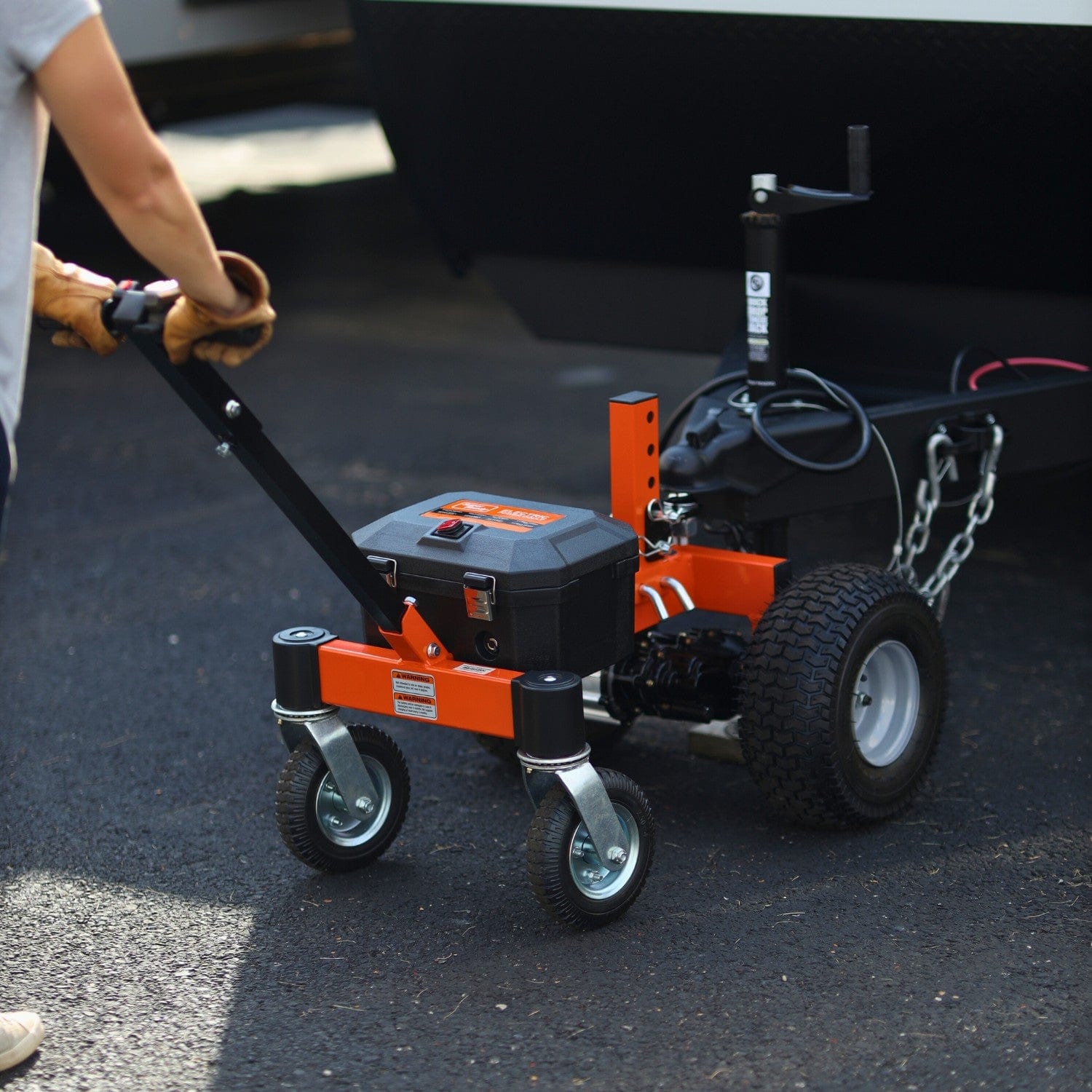
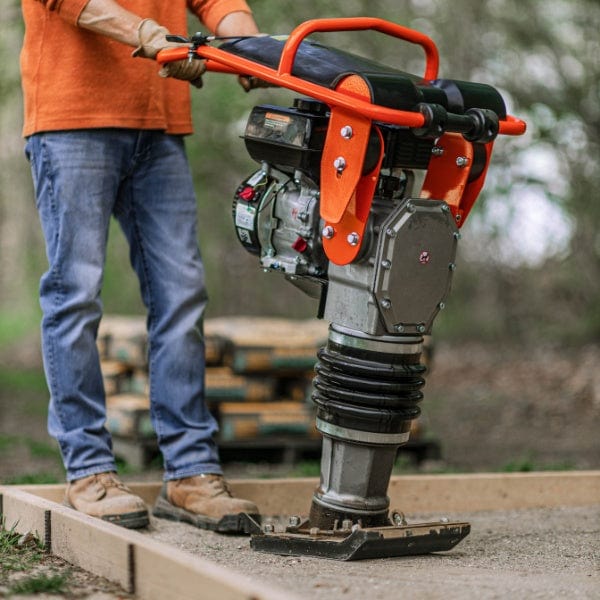
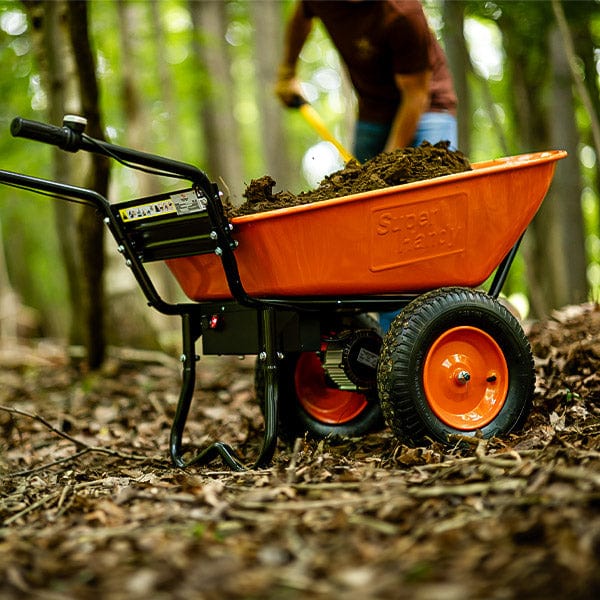


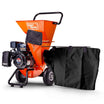
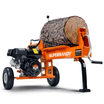

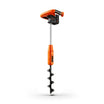
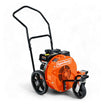



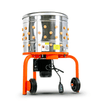
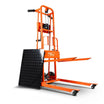

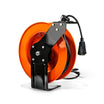

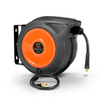


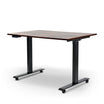


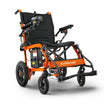


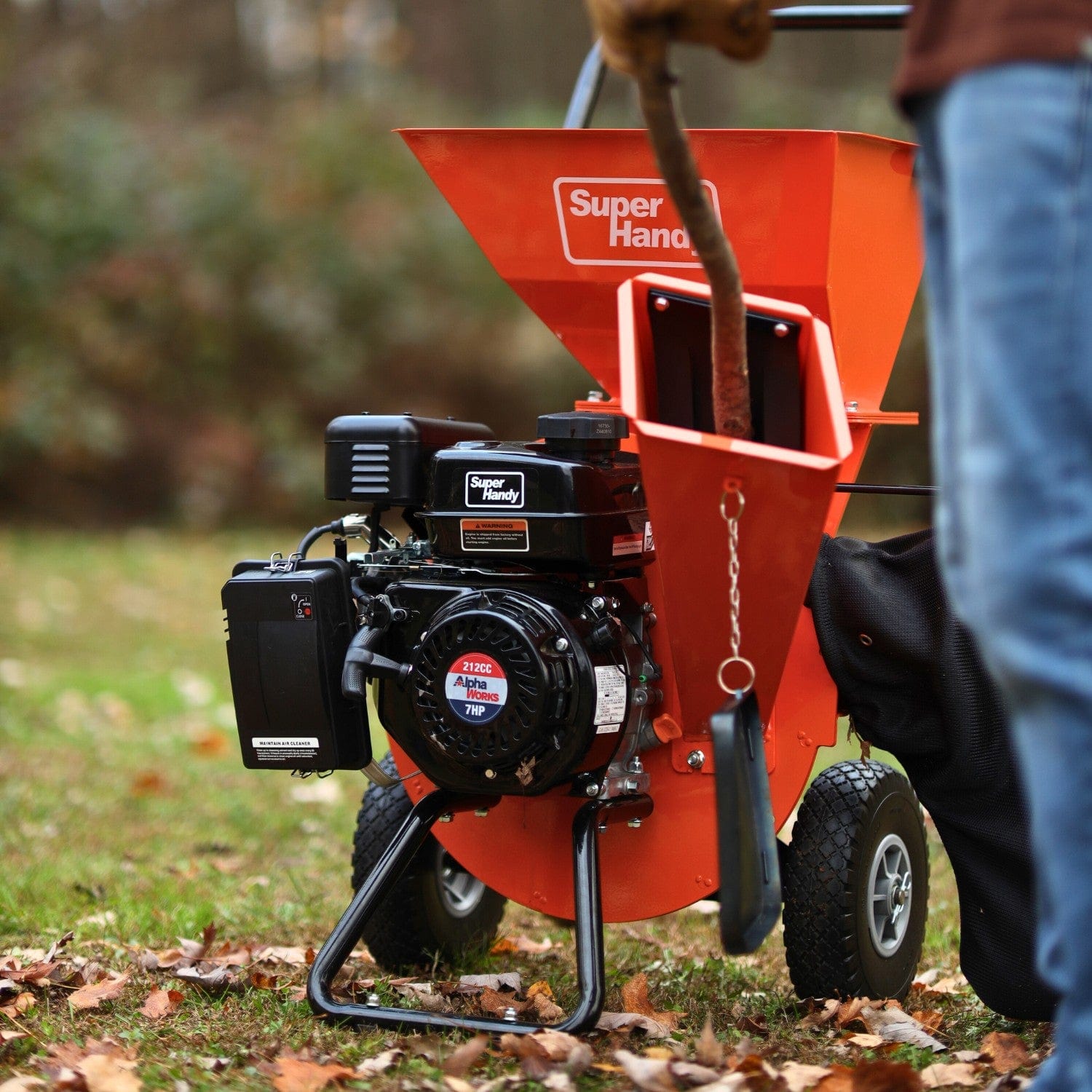

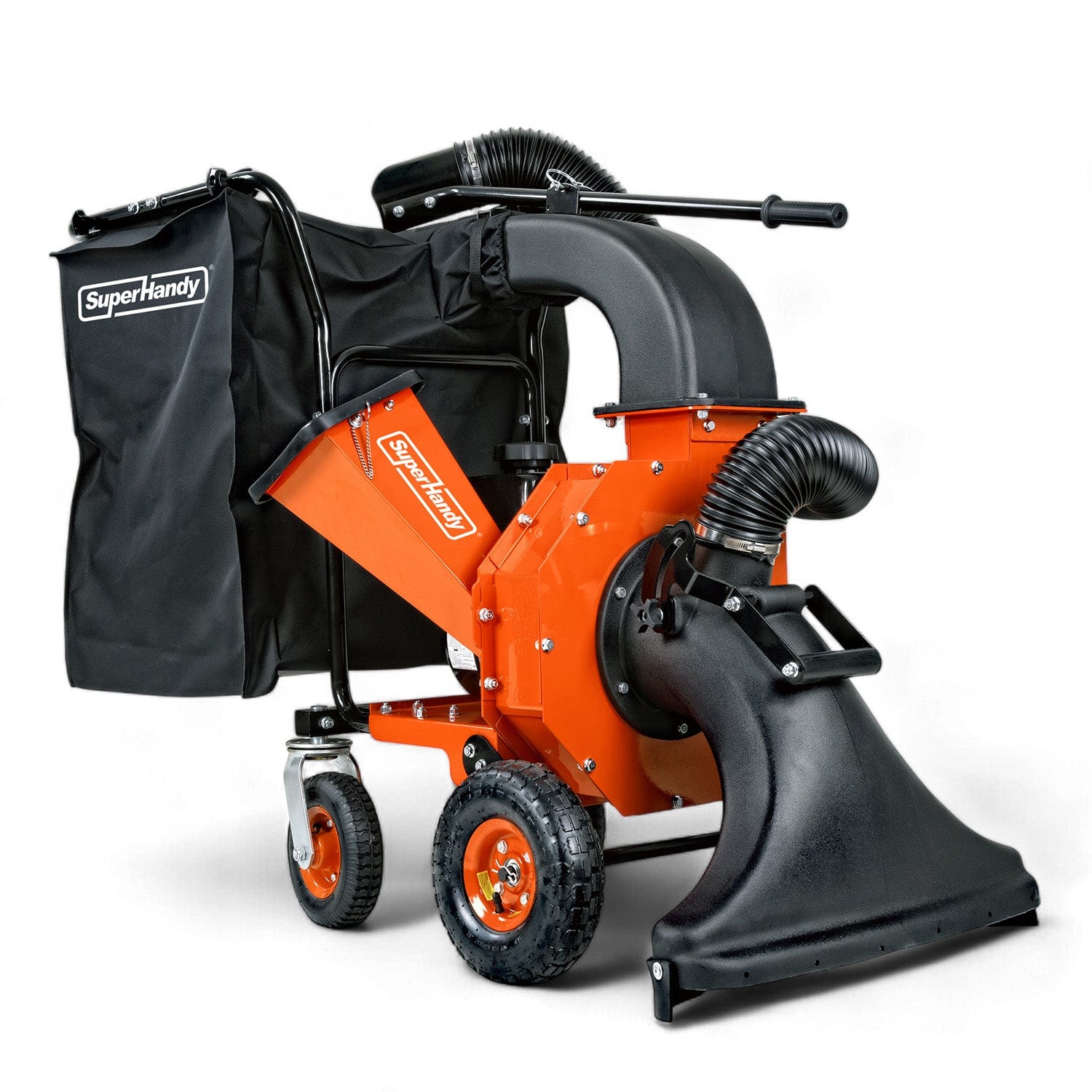



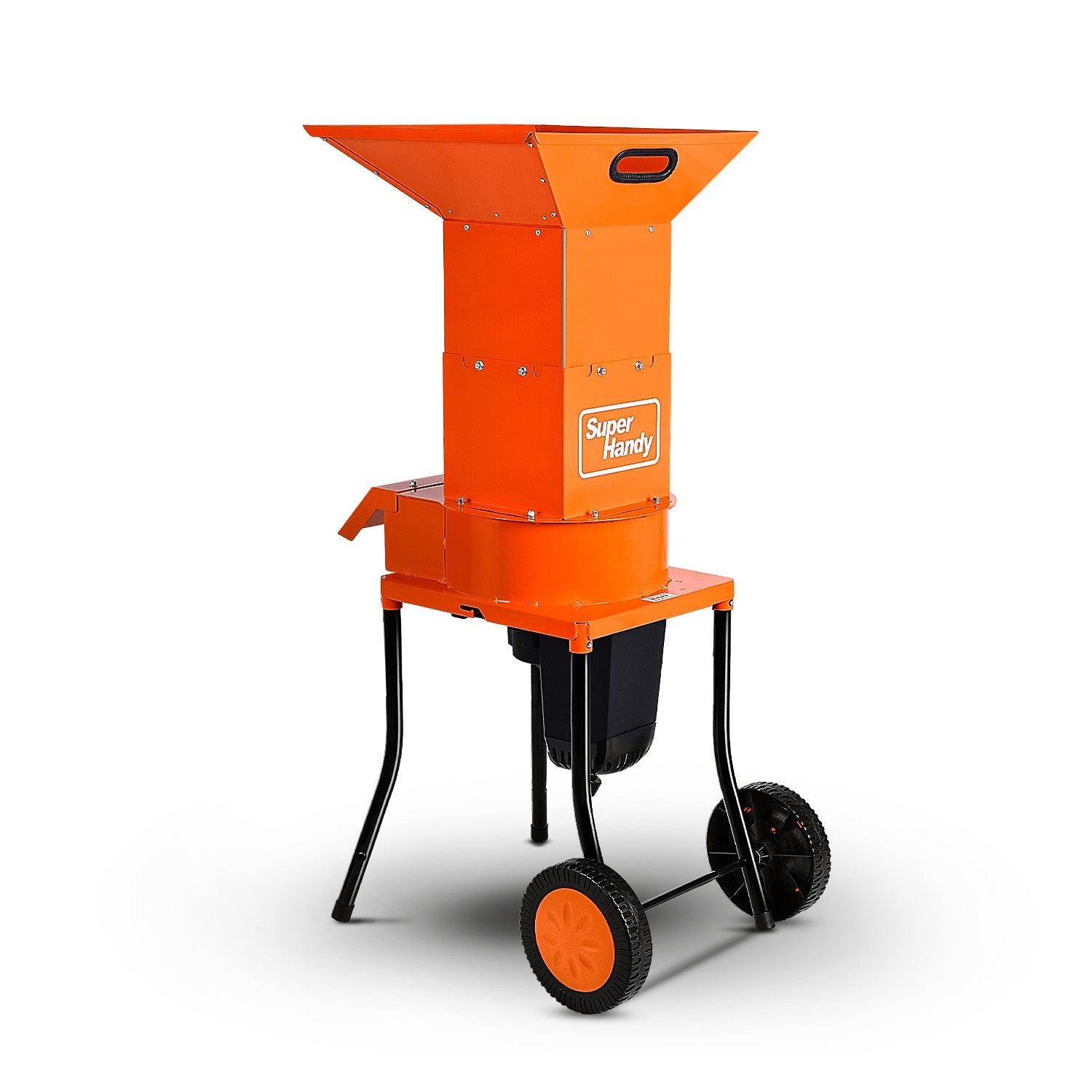
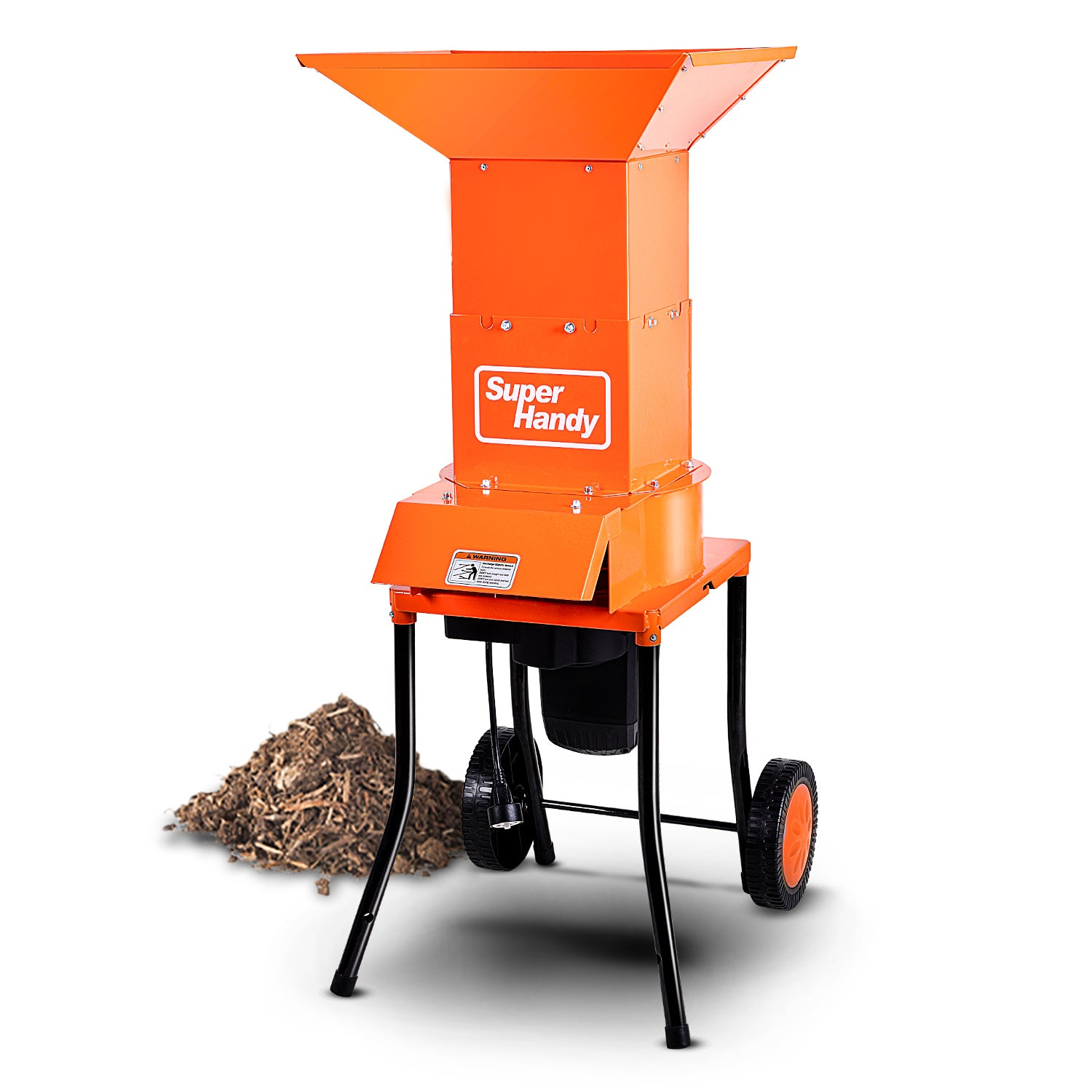
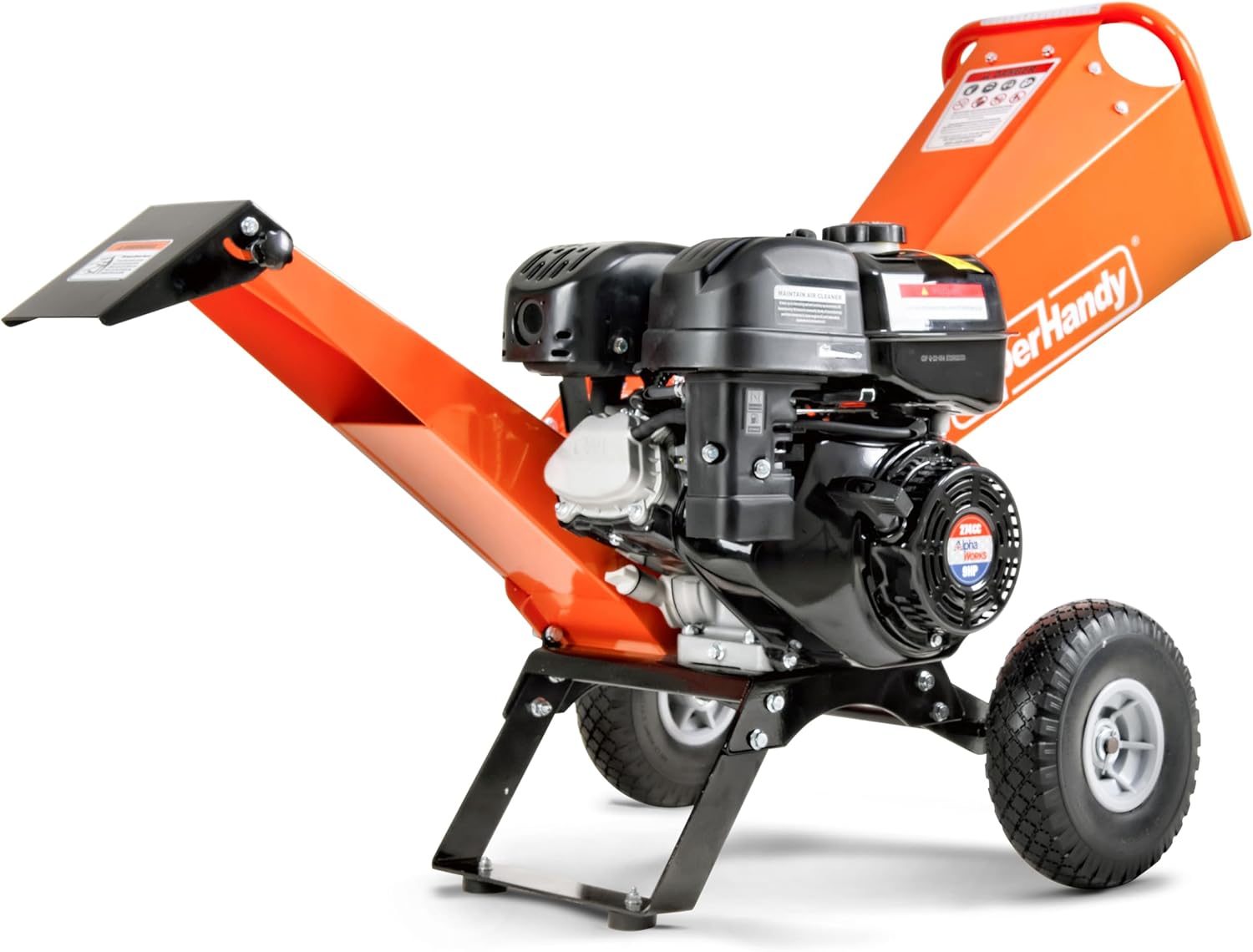


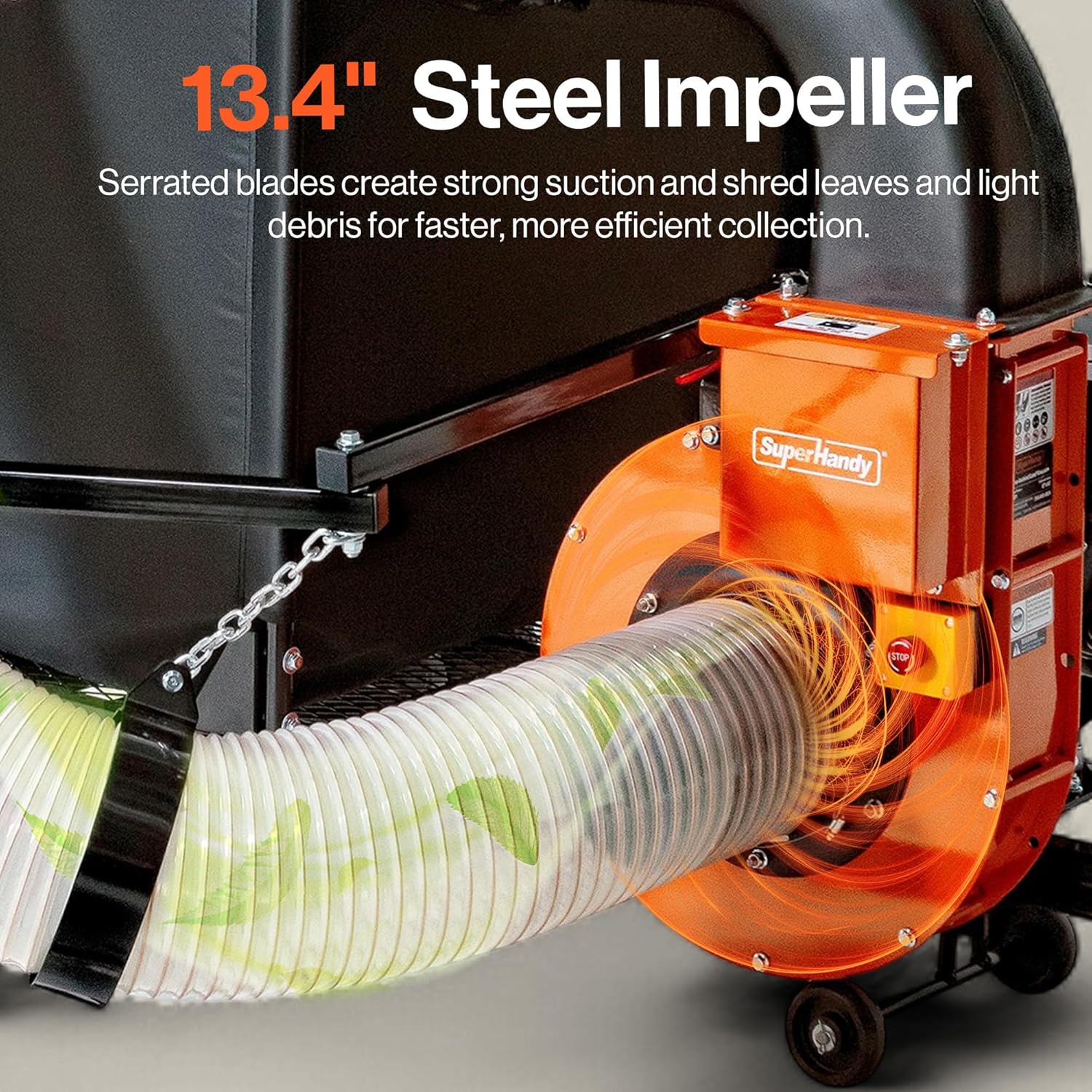
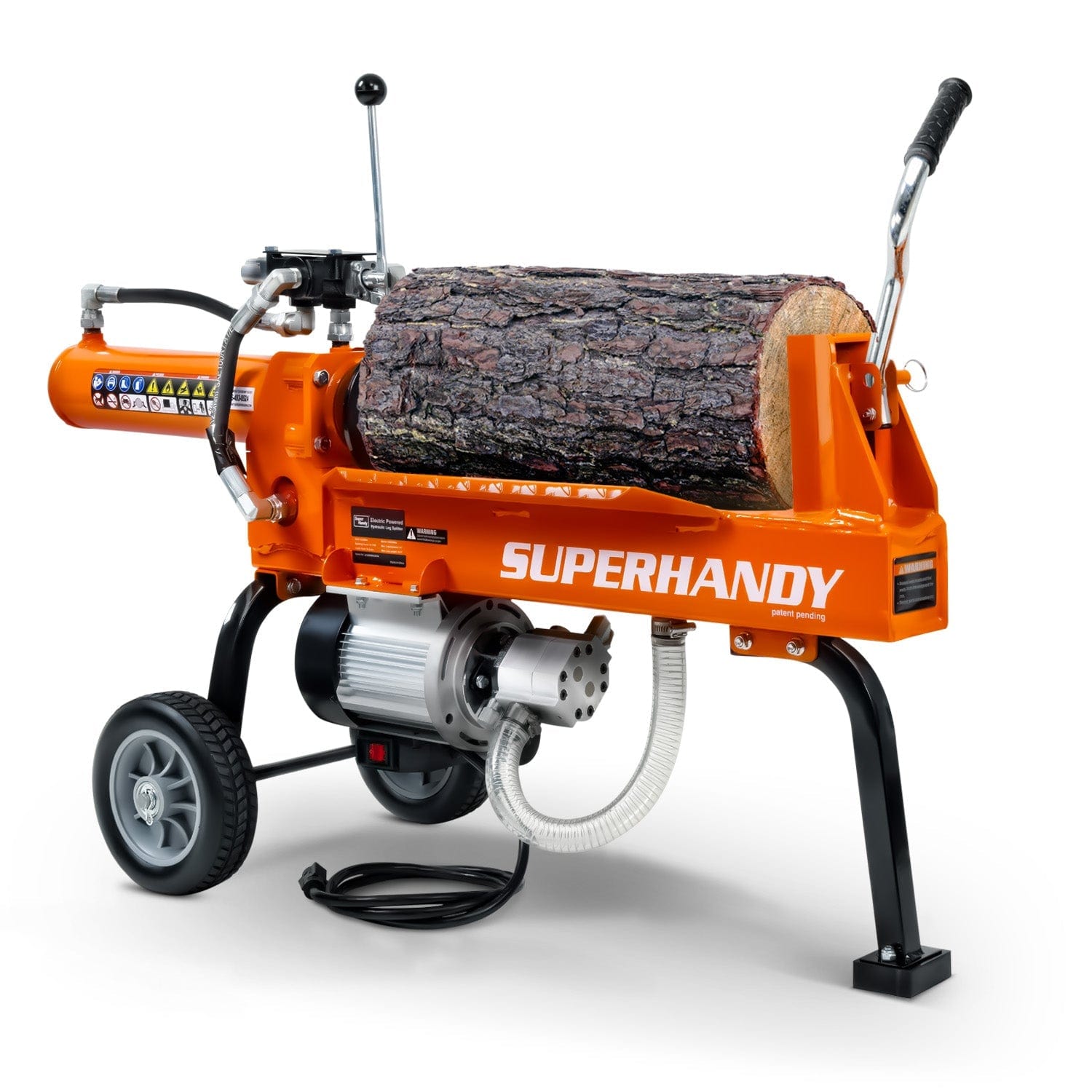
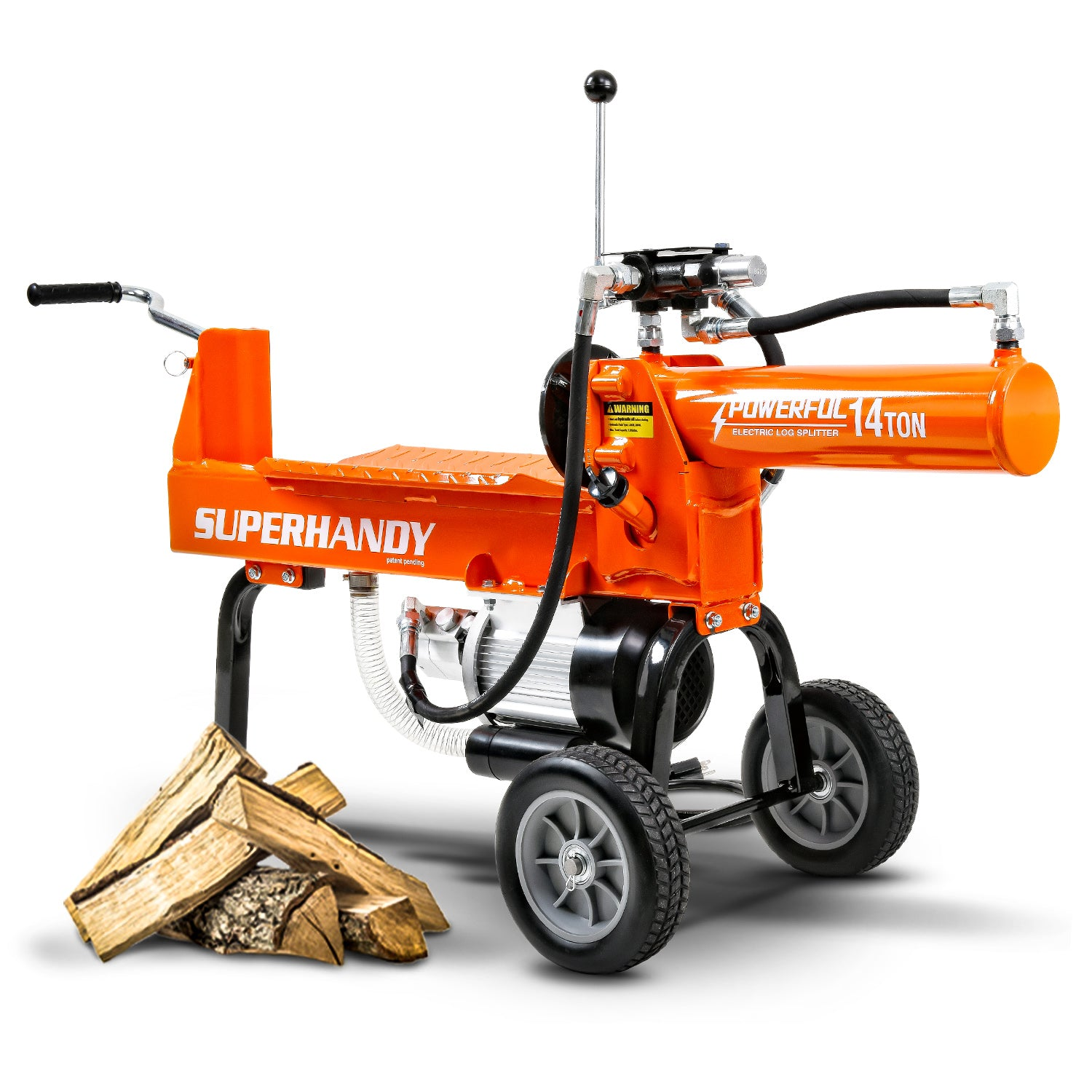


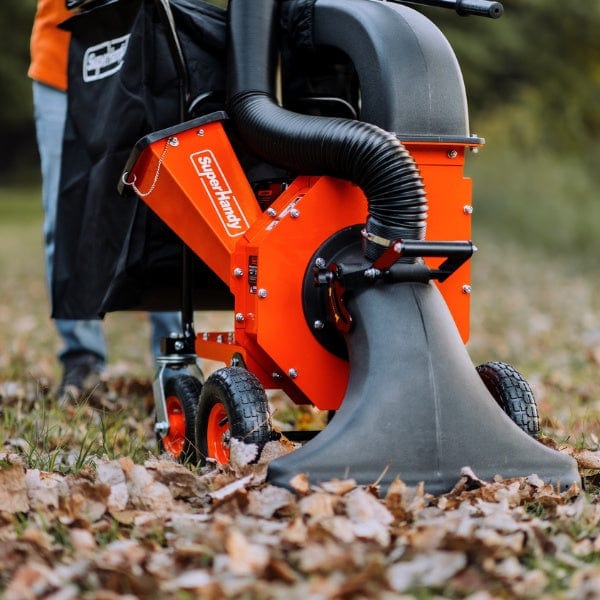
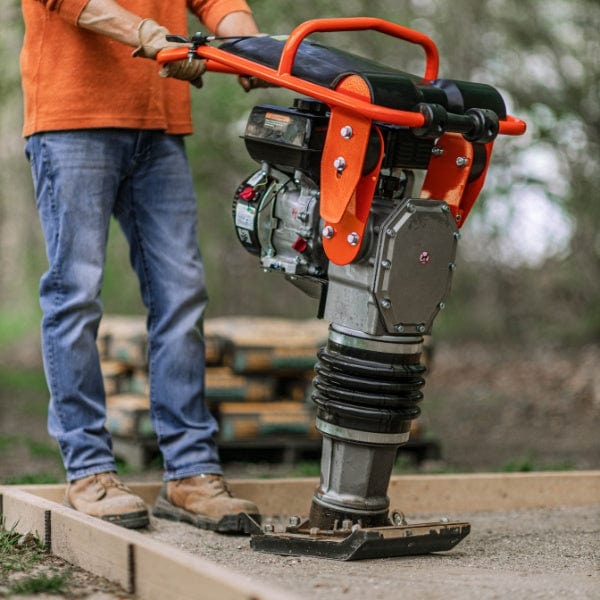
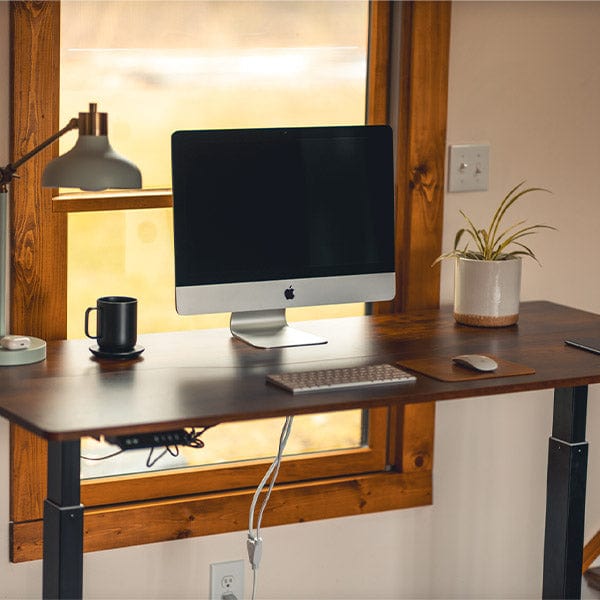
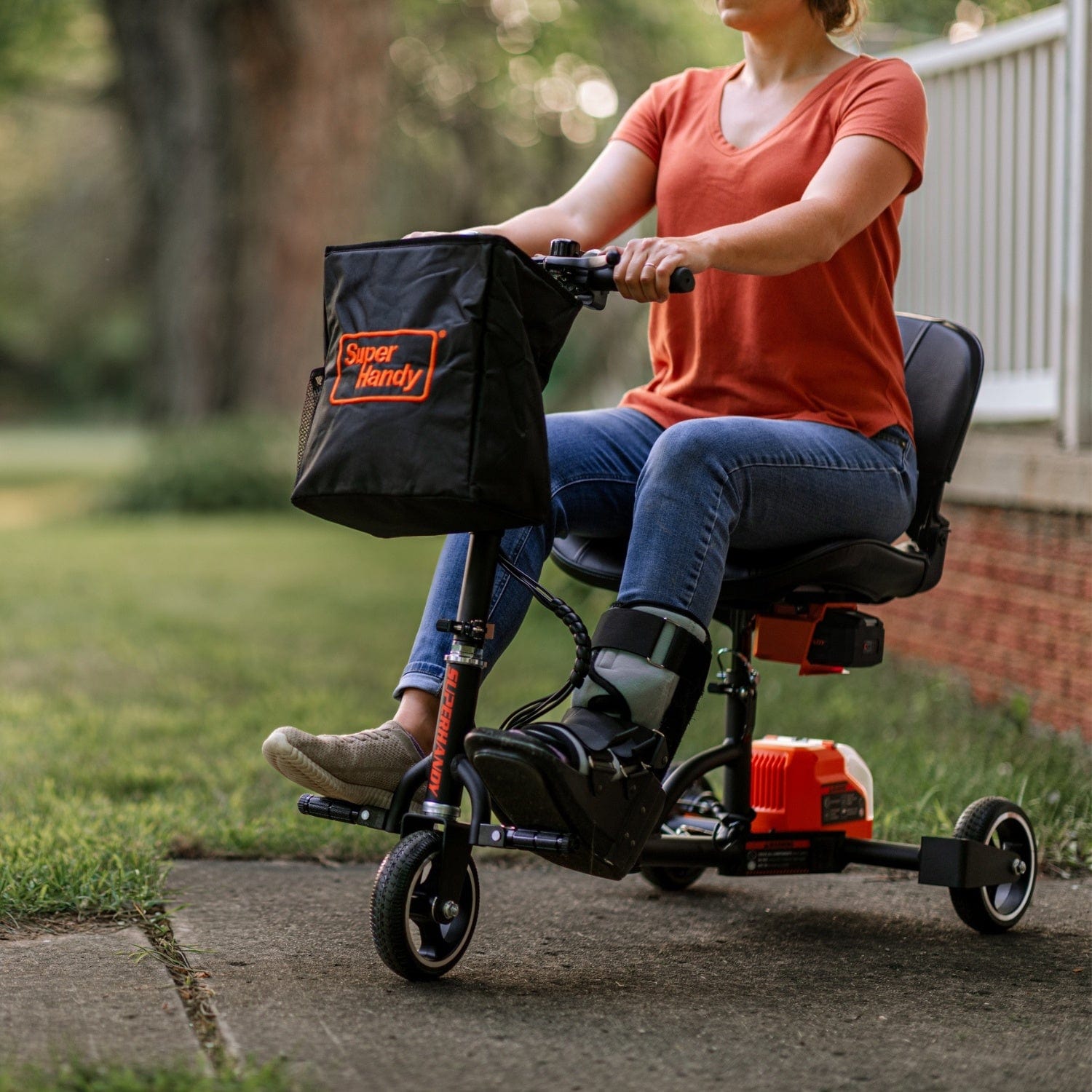
Leave a comment
All comments are moderated before being published.
This site is protected by hCaptcha and the hCaptcha Privacy Policy and Terms of Service apply.